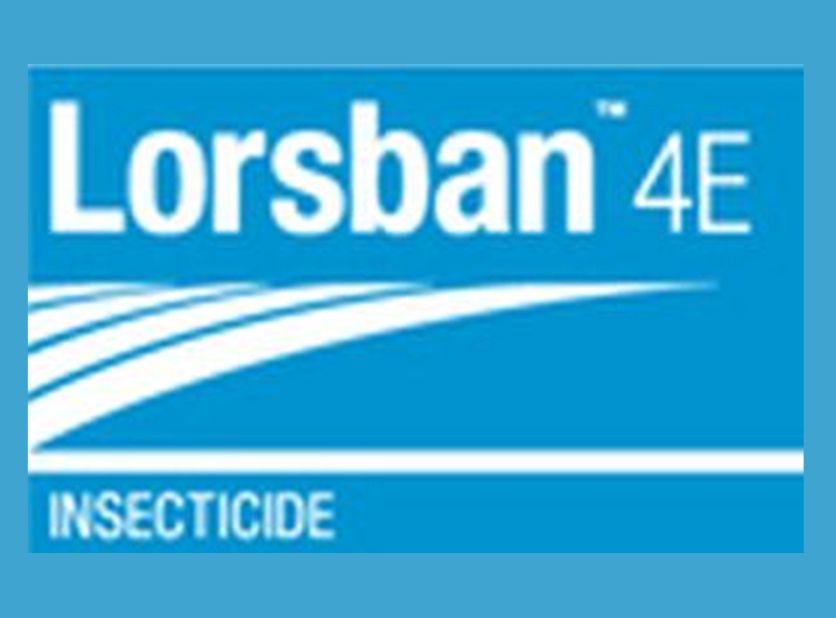Corteva Agriscience, a major manufacturer of the insecticide chlorpyrifos, will stop making the chemical at the end of the year.
Corteva spokesperson Gregg Schmidt called the move “a strategic business decision” caused by steadily declining sales. Sold under the trade name Lorsban — among others — chlorpyrifos has been under attack for years by environmental and public health groups who say its neurodevelopmental effects on humans, especially neonates and infants, justify a ban.
The announcement comes the same day that sales in California are ending. After this year, farmers will not be allowed to use chlorpyrifos. New York is phasing out the use of chlorpyrifos entirely by July 2021 and other states are considering a ban.
The Environmental Protection Agency earlier this year denied a petition seeking to ban chlorpyrifos, saying there was not enough “valid, complete and reliable” evidence of neurodevelopmental effects. Public interest groups and some states are challenging the decision in the 9th Circuit Court of Appeals.
Schmidt said Corteva continues to maintain the chemical is safe to use when applied according to the label and said the company will “work with farmers to make sure they have what they need.”
Interested in more coverage and insights? Receive a free month of Agri-Pulse or Agri-Pulse West by clicking here.
“Our customers will have access to enough chlorpyrifos supply to cover current demand through the end of the year, while they transition to other products or other providers,” the company said in a brief statement. “Our customers, shareholders and employees will benefit by redeploying our resources.”
Corteva also plans to continue to work on the re-registration process, which is scheduled to be completed in 2022, and remain involved in the 9th Circuit litigation. EPA expects to have a draft risk assessment ready sometime between July and September, according to its registration review schedule.
Farmers will still be able to obtain chlorpyrifos, Schmidt said, because “there are a lot of global manufacturers out there. It doesn’t just go away.”
“We still believe that it’s safe,” Schmidt said. But “demand has shrunk” for the 55-year-old product and “it no longer makes sense from a business perspective” to continue manufacturing it.
Schmidt said Corteva is the leading seller of chlorpyrifos in the U.S. and has 20% of the global market. He could not say how far along the company is in coming up with any type of alternative to the product, which is used on a variety of crops, including corn, soybeans, wheat, fruits and vegetables and grapes.
Estimates from the U.S. Geological Survey, however, show a steady decline in the volume of chlorpyrifos used in the U.S. The amount of chlorpyrifos used in 2016 dropped below 5 million pounds for the first time, less than half what it was in 2000, according to USGS.
For more news, go to www.Agri-Pulse.com


